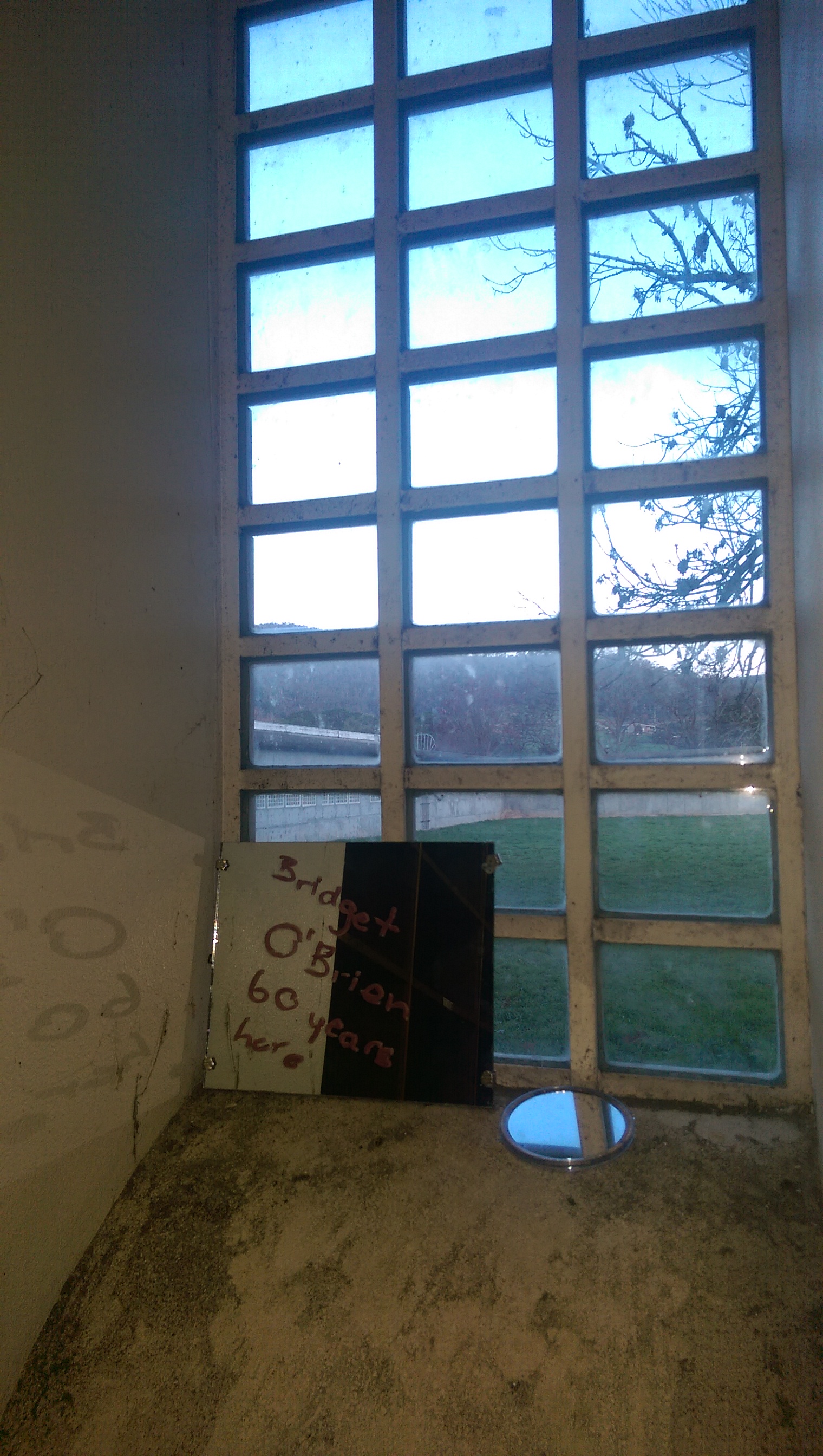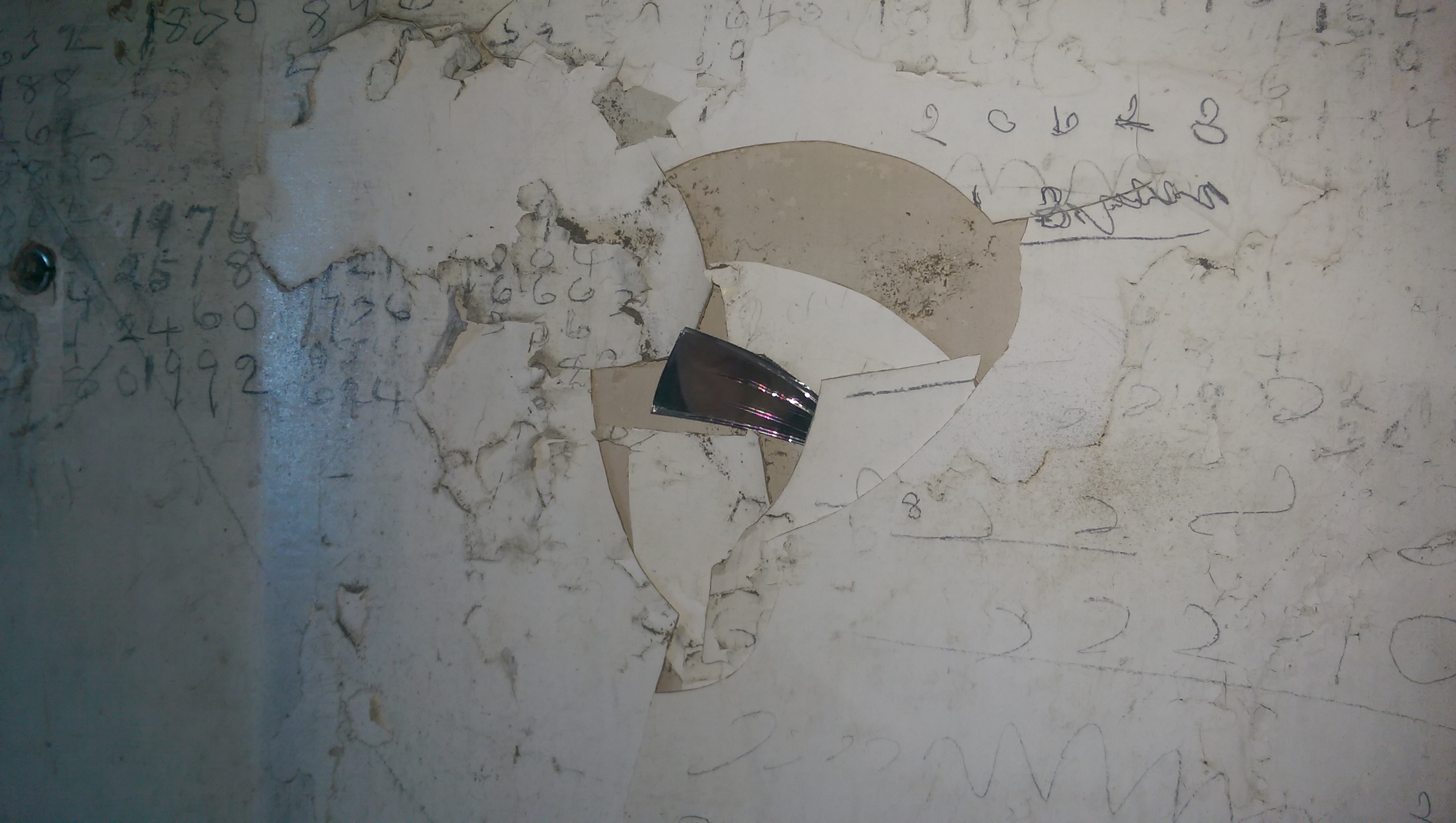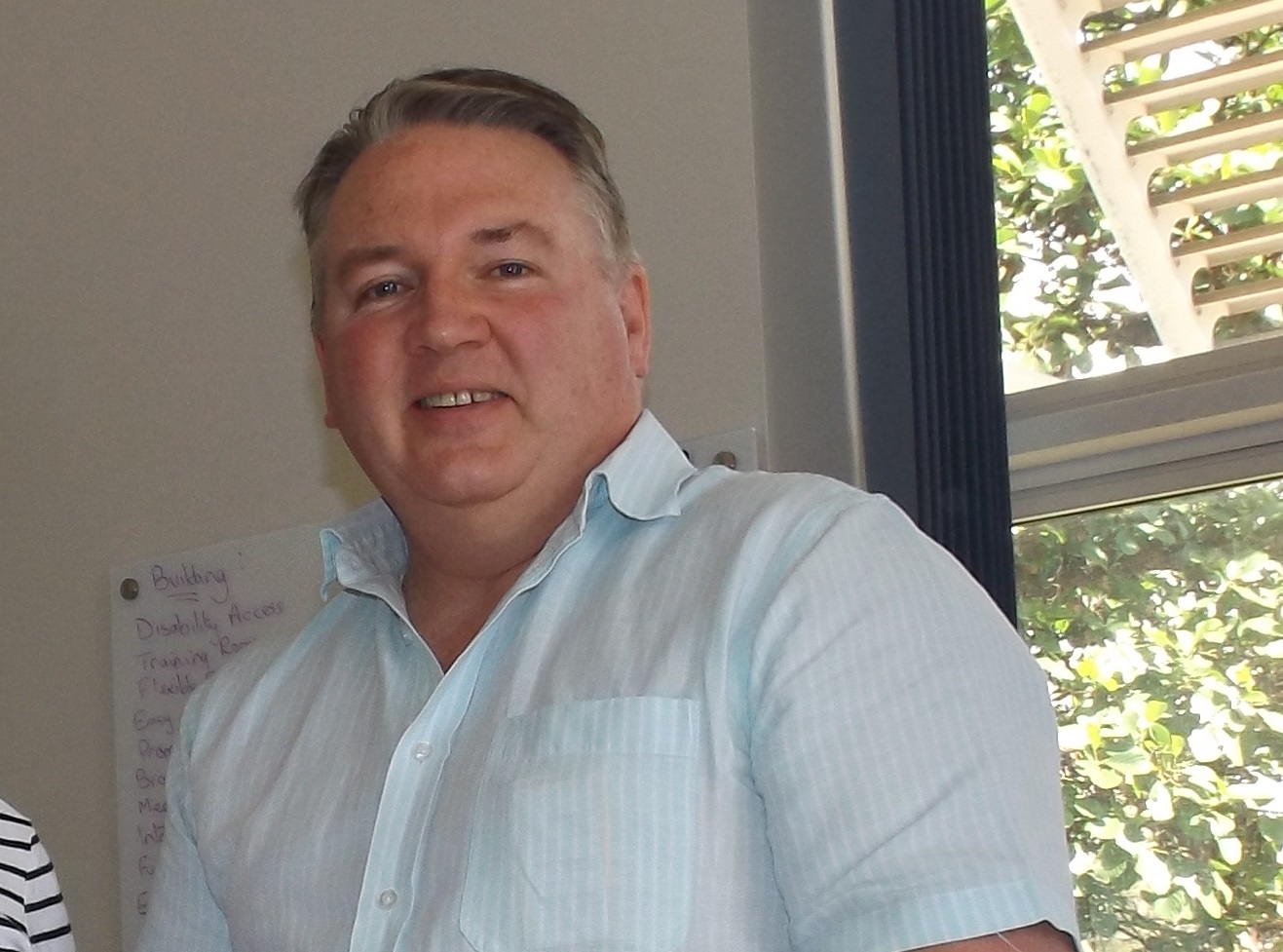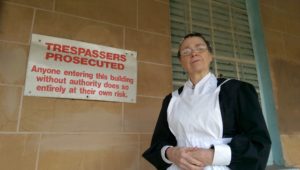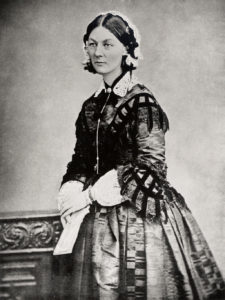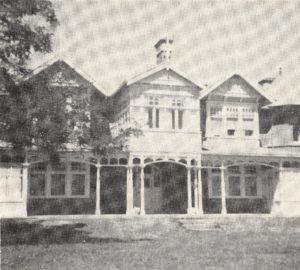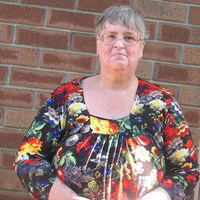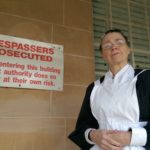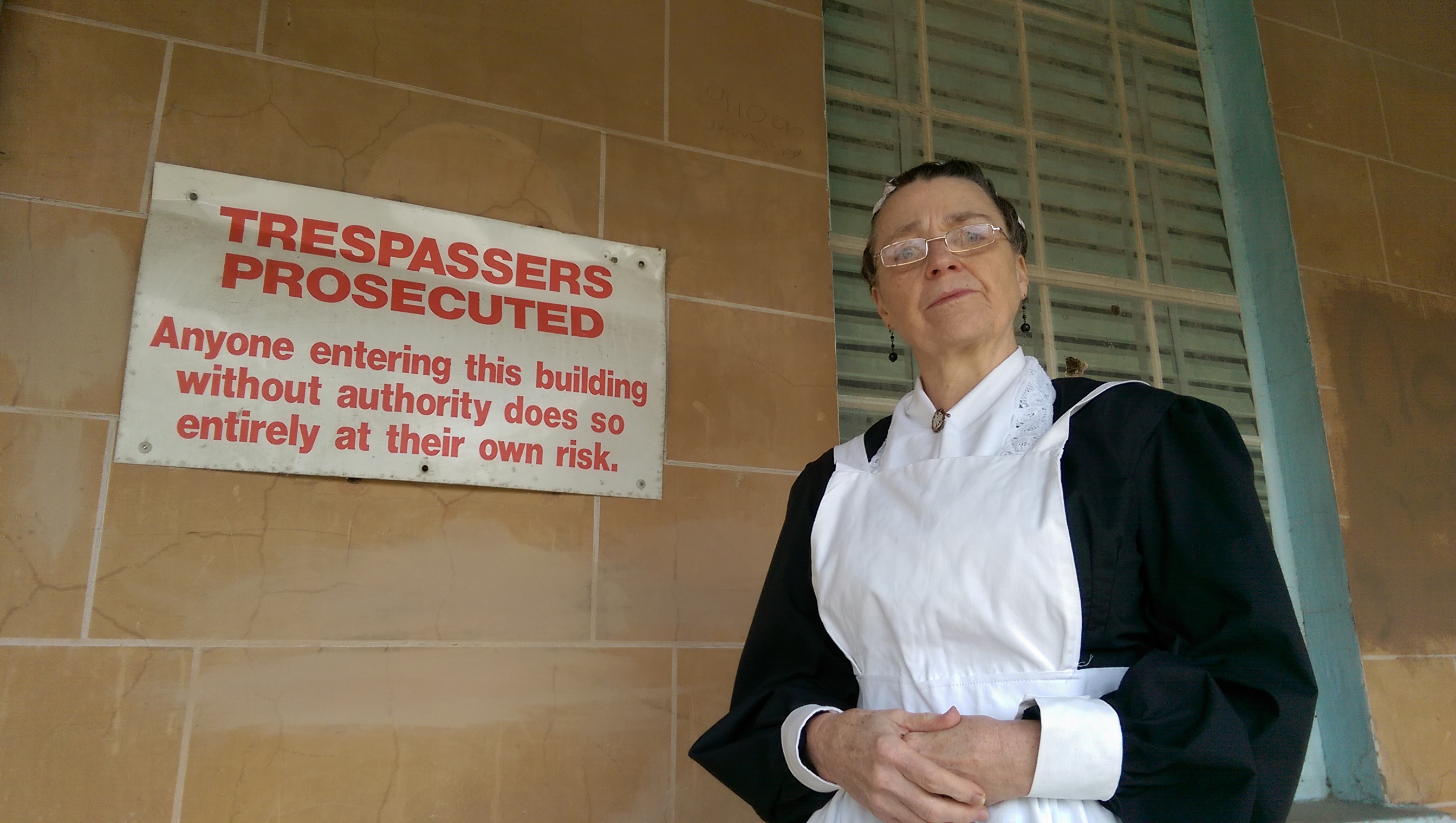The outcomes of the 2017 field season included:
The excavation of three underfloor areas beneath rooms in the Barracks (the old
hardware store room, pharmacy and Assistant Superintendent’s office) and the
excavation of three trenches at the rear of Frescati.
To enable the excavations at the Barracks, floorboards were removed from parts of
the floor of the hardware store and pharmacy. These were removed by the Centre for
Heritage at Oatlands. These boards will be replaced by the Centre for Heritage at
Oatlands. No boards were removed in the Assistant Superintendent’s office.
The artefacts from the Barracks included hundred of pieces of butchered animal bone
(mainly sheep and cow), buttons, clay pipes and discarded medical equipment. This
will all be documented, analysed and interpreted by Flinders University Honours
student, Calvin Logan, as part of his Honours thesis. A copy of this thesis will be
provided to the DVC upon completion at the end of 2017.
The excavations at the rear of Frescati did not reveal any outbuildings and contained
very few artifacts. A short report on these trenches will be provided to the DVC upon
completion in late 2017.
A Community Open Day held on Sunday 12th February. We estimate that c300 people
attended this event.
A special ‘Kids’ Dig’ was trialed as part of the Open Day and was very successful.
Feedback from parents indicated that it was both engaging and valuable.
50 year 7 history students from Ogilvie High School visited the site on Friday 17th
February.
The Council provided the following ‘in-kind’ and financial support for this project, all financial assistance was requested to be allocated to the Willow Court Reservation Fund 2016 budget allocation as noted in the decision of the Council. This excludes the cost of time allocated to this project by indoor staff.
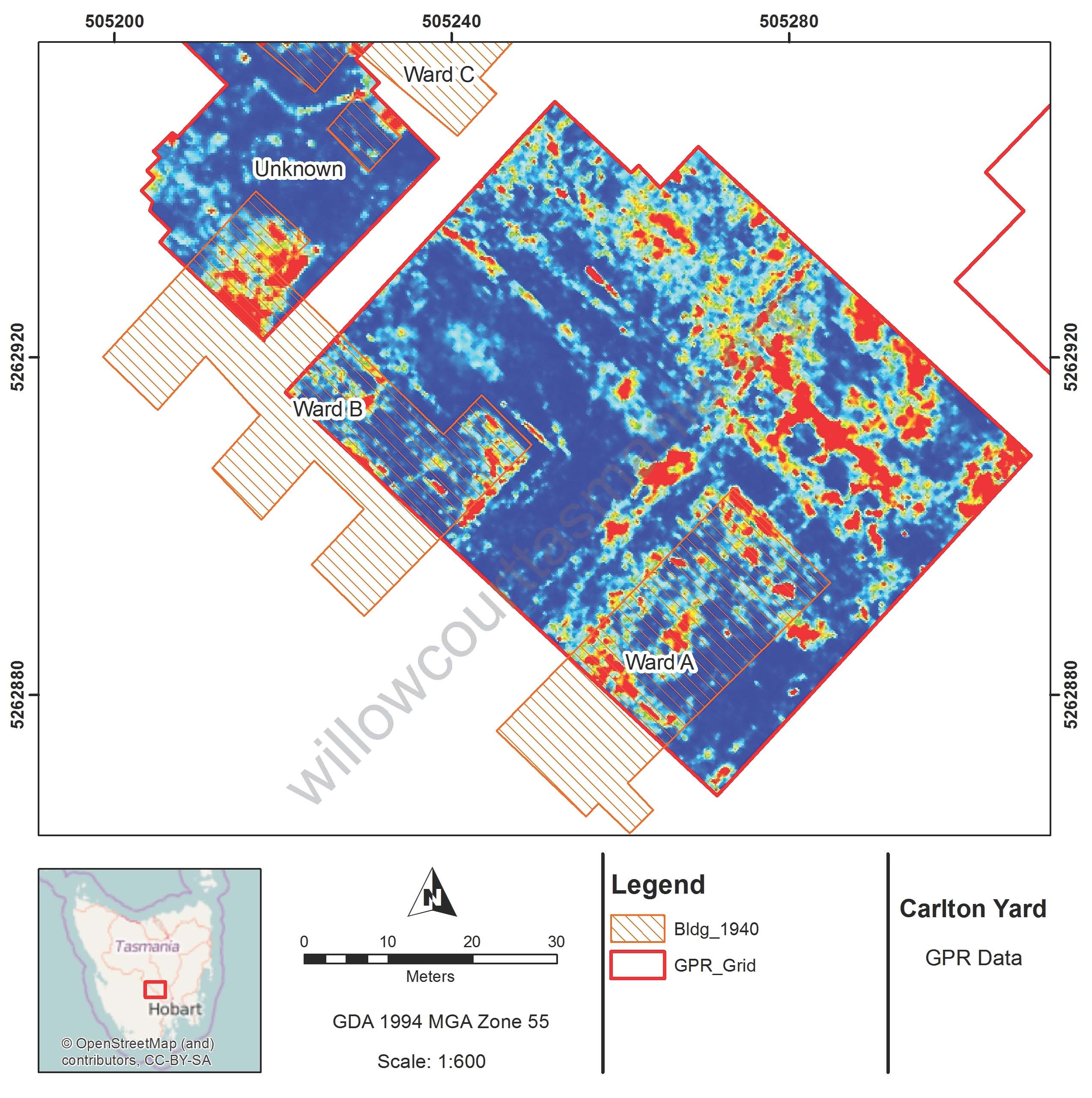 Future plans for Archaeology at Willow Court in 2018 (YET TO BE APPOVED)
Future plans for Archaeology at Willow Court in 2018 (YET TO BE APPOVED)
Several community members asked whether they could participate in the excavations in
future. To facilitate this we would like to excavate next year in the Carlton (C Ward) yard, at the location of the former Gentlemen’s Cottage (A Ward above). This is a large outdoor area that could easily accommodate community participation. We would like to invite members of the community to take part in all aspects of the archaeology for the duration of the field school (to be held in February 2018 – precise dates to be advised).
Flinders University, the University of Tasmania and the University of Canberra are interested in applying for two grants for various aspects of Archaeology at Willow Court.


